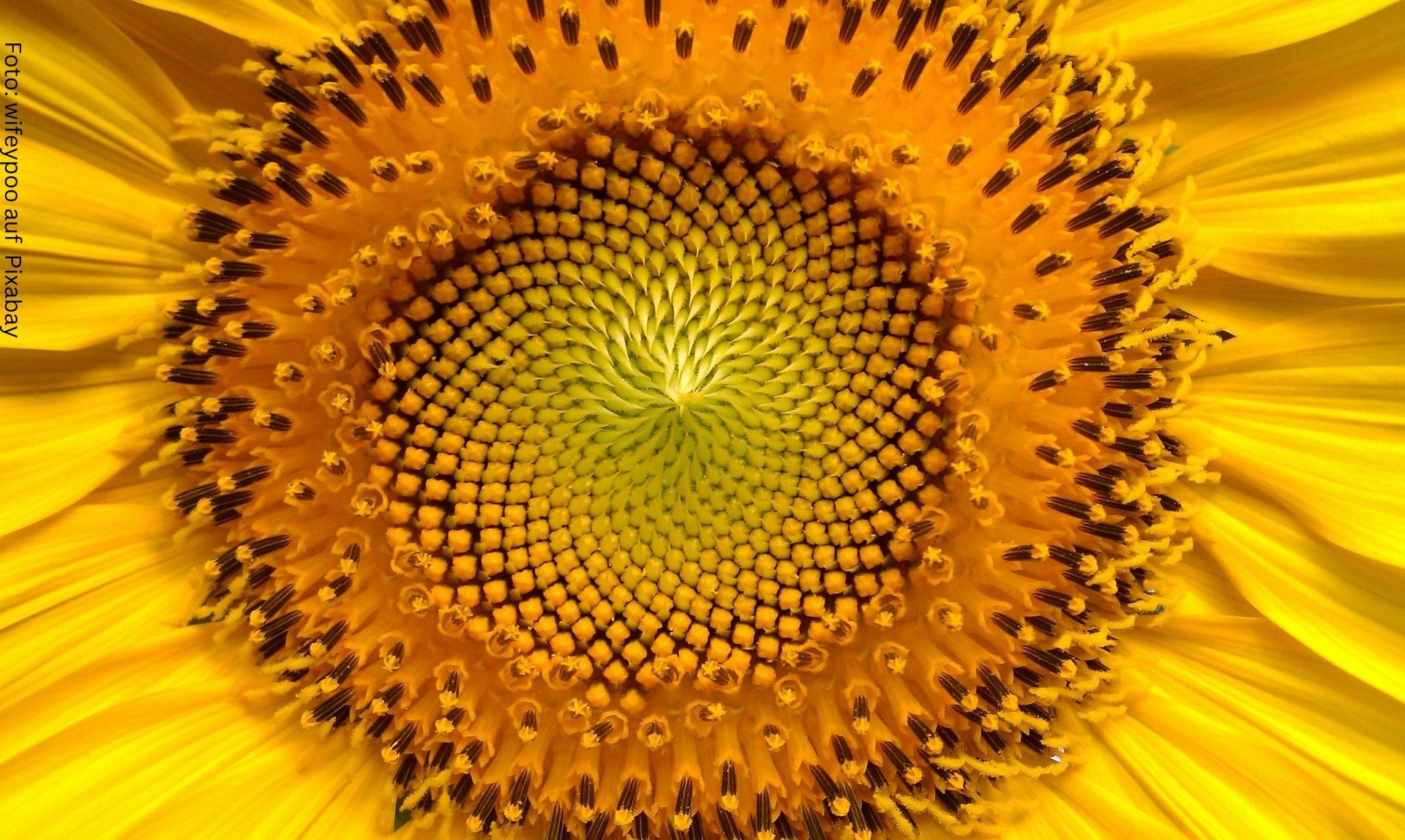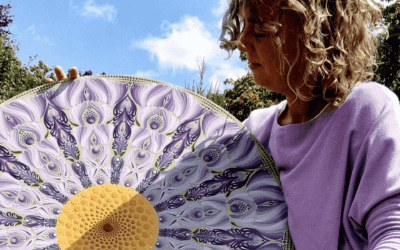Sacred geometry is a concept that plays a central role in many cultures and traditions around the world. It deals with the shapes, patterns and proportions found in nature, architecture and art. Many of these geometries are considered fundamental building blocks of creation and are often associated with spiritual or cosmic meaning.
What is sacred geometry?
The term 'sacred geometry' refers to certain mathematical patterns and proportions found in nature and the universe. These geometries are often based on mathematical constants such as the golden ratio (Φ), the Fibonacci sequence or basic shapes such as circles, triangles and spirals.
Sacred geometry is considered 'sacred' because it is often interpreted as an expression of universal laws or a higher order. Forms such as the flower of life, the spiral or the pentagram are considered examples of these principles.
Examples of sacred geometry in nature
Sacred geometry shows up in numerous natural structures and processes:
- The spiral: the logarithmic spiral is found in snail shells, galaxies and cyclones. It corresponds to the mathematical Fibonacci sequence.
- The flower of life: this pattern consists of overlapping circles and symbolizes growth, harmony and the cycle of life.
- Crystal structures: many minerals and crystals display symmetrical geometric patterns arranged at the molecular level.
- Plant growth: the arrangement of leaves or petals often follows the Fibonacci sequence, which optimizes the efficiency of growth.
Sacred geometry across cultures
Sacred geometry can be found in many ancient cultures, where it is often associated with spiritual and cosmic concepts.
Egypt
- The Pyramids of Giza were built with precise geometric proportions, often attributed to the golden ratio. These proportions were meant to symbolise a connection between earth and heaven.
Greece
- The mathematician Pythagoras saw numbers and geometry as the key to the harmony of the universe. His studies of the pentagram and harmonic division shaped the idea of sacred proportions.
India
- In Indian art and architecture, geometric patterns are used in mandalas and temples. These structures represent the cosmic order and are used for spiritual meditation.
Islamic art
- In Islamic architecture and art, complex geometric patterns without figurative representations are used to depict the infinity and harmony of God. These patterns are often examples of symmetrical and repetitive forms.
How sacred geometry is used in art and architecture
Sacred geometry is not only present in the past, but also in modern art and architecture. Examples of this are:
Cathedrals and temples
- Gothic cathedrals such as Notre Dame feature rose windows and layouts based on geometric principles. They are said to have a spiritual effect on the observer.
Modern architecture
- Architects like Frank Lloyd Wright integrated geometric principles to create harmony and aesthetics in their designs.
Mandalas and sacred art
- Mandalas are based on the principles of sacred geometry and use shapes such as circles, triangles and squares to express spiritual concepts.
Sacred geometry shows how deeply mathematical principles permeate our world. Whether in nature, ancient temples or modern works of art, it offers a fascinating view of the connection between science, art and spirituality. Those who study these forms discover not only beauty, but also a deeper harmony that permeates our world.
If you want to learn more about the connection between sacred patterns and mandalas, take a look at my shop or workshops. Together we will explore the fascinating world of geometry and art.







0 Comments